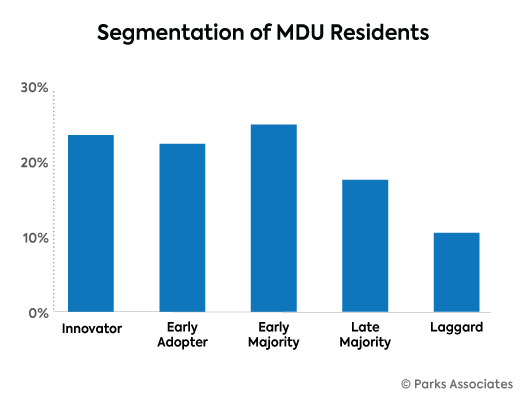Improving Wi-Fi Connection and Performance in Multi-Dwelling Settings for Maximum User Contentment
Improving Wi-Fi Connection and Performance in Multi-Dwelling Settings for Maximum User Contentment
Blog Article
In the current world, having a strong and reliable Wireless signal is crucial, particularly in multi-dwelling environments like apartments or condominiums. Many individuals rely on the internet for work, school, and entertainment. However, Wi-Fi signals can have difficulty to extend to every area of these structures due to multiple barriers. These hindrances can include partitions, levels, and other digital equipment that disrupt the connection. To enhance Wireless signal strength and functionality in these environments, it is critical to grasp some foundational concepts of Wi-Fi communication.
One efficient way to boost Wireless operation is by intelligently positioning gateways and extenders throughout the property. A middle placement is usually ideal, as it enables the coverage to propagate uniformly in all directions. In larger multi-dwelling units, multiple access points may be necessary. These units help increase the reach of the wireless network and provide better coverage to residents in different parts of the building. Additionally, using devices that support the latest Wi-Fi standards can result in higher bandwidth and better overall performance.
Another important factor in optimizing wireless connectivity is minimizing disruption from other electronics. Many household appliances, such as microwaves and cordless phones, can interfere with Wi-Fi transmissions. It is advisable to keep modems away from these devices to ensure a more stable signal. Additionally, adjusting the frequency configuration on a device can assist in minimize interference from adjacent signals. Most devices by default select the most suitable band, but manually choosing a less congested one can enhance performance.
Periodically refreshing device firmware is also necessary here are the findings for ensuring optimal wireless stability. Manufacturers routinely release updates that resolve bugs and improve security measures. Keeping the software current ensures that residents benefit from the most recent improvements and protections against possible risks. Furthermore, monitoring network activity assists in identify which devices utilize more resources, allowing for better management of existing resources.
Ultimately, educating residents about best practices for using wireless short term mdu internet plans networks can significantly enhance their experience. Simple measures such as connecting only required devices, employing wired links when feasible, and routinely restarting the device can make a difference. By fostering a community that understands how to maximize their Wi-Fi efficiency, multi-dwelling residences can enhance resident satisfaction and guarantee that all users experiences a reliable Wi-Fi service. This combined method of strategic deployment, minimizing conflict, maintaining hardware, and educating users will result in a more efficient and satisfying Wi-Fi usage for all residents.